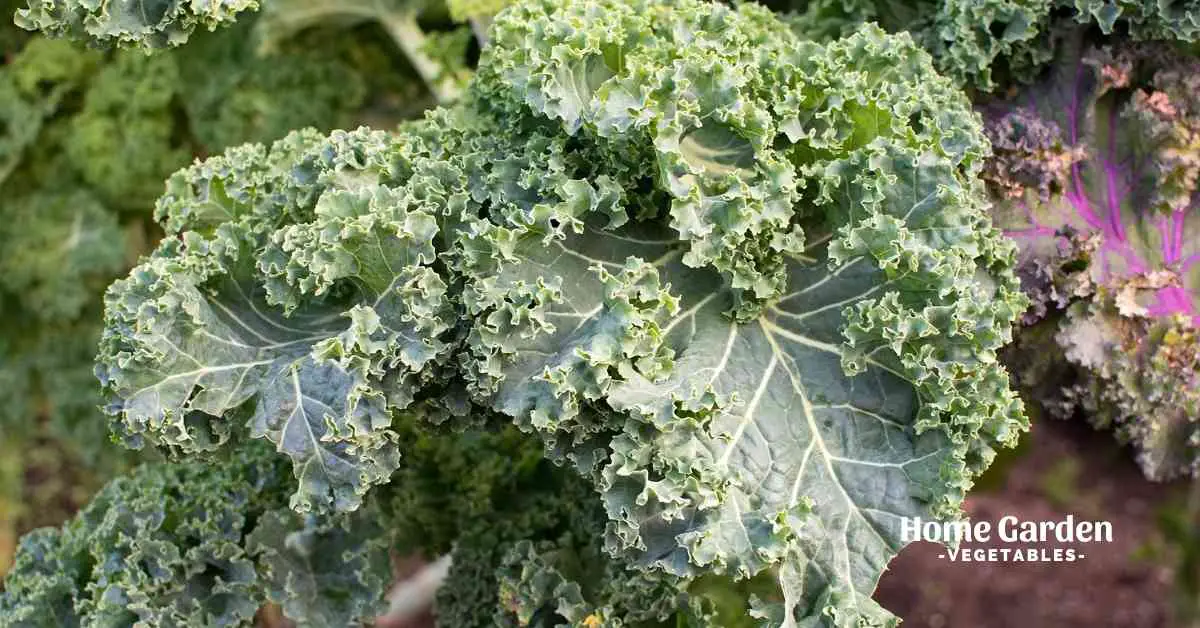Kale is an abundantly nutritious leafy green vegetable packed with essential vitamins and minerals. While kale grows well under all climate conditions, cooler conditions prove ideal. When planting this nutritious crop it should be planted into well-draining, nutrient-rich soil.
Water kale regularly, while being careful not to overwater. When its leaves have turned deep green in color, harvest as baby greens or let grow until full size.
Reader Poll: What online courses would interest you?
Harvesting baby greens requires cutting the leaves 2-4 inches from the ground; for full size Kale plants, however, you should cut 6-8 inches off its base when harvesting leaves.
Does Kale Need Much Space to Grow? Kale does not require much space, as it can even be grown in containers. Plus, this quick-growing crop can be ready for harvest in as few as six weeks!
Growing Kale in Containers
Kale is an abundant nutrient-dense leafy green that can quickly be grown in containers. Ideal for cool weather planting conditions such as late winter indoor starts that should then be transferred outdoors come early spring; full sun is preferred but partial shade conditions will work just as well.
Subscribe to our newsletter!
Kale needs to be watered regularly during hot, dry weather. Because kale is such an avid feeder, balanced fertilizers should be added periodically throughout the growing season for best results. Furthermore, each plant can yield several pounds of leaves throughout its harvest period – perfect for seasonal harvesting!
Kale has deep-rooting systems, so containers should at least 12 inches deep to enable its roots to flourish and the plant’s health to flourish. If growing Kale in shallow containers instead, water may need to be applied more regularly as its roots will dry out more rapidly.
Size of Kale in a Garden
Kale is an herbaceous vegetable that can reach two feet in height in your garden, depending on its variety and available space to grow in. Some types can even become as wide as three feet wide!
Kale Root Depth
Kale is known for having deep, multifaceted roots that can reach 6 feet deep, providing anchorage in the ground while drawing in nutrients and water from its surroundings. Hardy in many regions, it may even survive frost to be grown during the winter season in certain locations.
Kale Regrowth After Cutting
Kale will regrow after being harvested, though its nutrients may not be as concentrated. When Kale is cut it loses some of its nourishment; for maximum yield it should only be harvested appropriately to preserve as many essential vitamins and minerals. To get optimal results you must not harvest too soon or harvest excessively!
Moving Established Kale Plants
Yes, established Kale plants can be moved. Simply dig up and replant in new soil; make sure that after watering or fertilizing they receive plenty of attention after transplant.
Growing Kale in a Garden Bed
When planting Kale in your garden bed, begin by tilling and adding compost. Sow 1/4 inch deep seeds that should be thinned to 6 inch spacing as soon as the seedlings come up and water often during dry spells to ensure maximum harvest results when leaves have dark green hue and slightly curled margins.
Watering Needs
Kale is an adaptable leafy green, capable of withstanding periods of drought. For optimal growth and flavor, you should water Kale regularly depending on weather and type – possibly every other day or more often depending on type or climate conditions.
Under extreme temperatures and conditions, Kale requires more frequent irrigation. When its leaves begin to wilt, this indicates it requires additional moisture from its environment.
Reasons Not to Crowd Kale
Kale that has become overgrown can become susceptible to pests and diseases, while being in close quarters increases its chances of bolting, when its flowers produce seeds which produce bitter flavors when consumed as food. Therefore, giving this crop enough space is imperative in its healthful growth.
Spacing for Full-Sized Kale Plants Vs Baby Green Kale plants
When considering how best to space Kale plants, its crucial to take their sizes into account. Full-sized Kale requires more room to flourish so should be spaced further apart than baby greens which require less. Baby greens may need closer spacing since their growth doesn’t necessitate as much.
Common Issues When Growing Kale
Although growing kale offers numerous health advantages, certain problems may occur when planting it such as bolting, leaf spot and root rot.
Bolting occurs when plants produce flowers and seeds early due to temperature or light changes or exposure changes. It may result in flowers blooming prior to maturity – often as an alarm signal for problems within their ecosystems.
* Leaf spot is a fungal disease that results in brown or black spots on leaves, creating unsightly lesions on them.
* Root rot occurs due to too much moisture entering a plant’s soil, leading it to absorb it through its roots and cause them to decay over time.
While these issues can be frustrating, steps can be taken to mitigate or avoid them altogether. For example, planting Kale in well-drained soil with proper ventilation may help avoid root rot.
By watering from below rather than directly above, watering at the base rather than from above will also help control leaf spots and harvesting regularly the leaves to avoid bolting you can enjoy nutritious, flavorful Kale all season long! Take these precautions now so you can experience its goodness all summer long.
Conclusion
Kale can be grown in various ways, including the ground, containers or hydroponic systems. As it requires relatively less space than other plants for its development it makes an excellent option for small gardens or growing indoors in containers.
Kale can be harvested as baby greens or allowed to reach full maturity before being harvested, depending on its desired use. When harvesting Kale it’s important to leave some leaves on the plant so it may continue to flourish and flourish over time.

